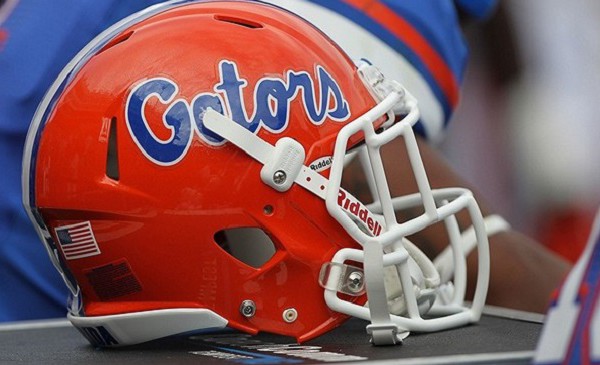How close the Big 12 Conference was to full implosion six years ago this month, the world may never truly know. So many conflicting accounts surfaced at the time, and still leak out today, it’s difficult to parse reality from fiction.
Colorado was the first to go, leaving for the former Pac-10 on the 10th. Nebraska followed suit two days later, accepting an invitation from the Big Ten.
The Longhorn Network, a disaster for anyone without an economic stake in Texas athletics, may have kept UT in the Big 12 Conference during the first conference realignment upheaval, but it contributed to Texas A&M accepting an SEC invite in Sept. 2011. Missouri followed two months later.
Four teams gone in 17 months. No matter how you spin it, that’s an exodus. Adding TCU and West Virginia were half-measures, through no fault of either program. They simply joined a league that may have been doomed from the start.
***
Headlines emanating from the Big 12 Conference meetings in Irving, Texas, detail internal strife; doom-and-gloom for a league that, at various times in its 20 years of existence, has been the forerunner for each of the revenue sports.
The Longhorn Network remains a source of contention, bringing back memories of 2011 when Oklahoma administrators expressed concerns about the $15 million/year platform for the University of Texas. ESPN’s intervention amid rumors of UT considering a jump to the Pac-10 — and they remain rumors — has Texas AD Mike Perrin feeling quite comfortable with the status quo.
Oklahoma president David Boren’s outspoken opposition to the Big 12 Conference remaining at 10 teams functions as a manifestation of long-festering animosity.
Texas has gotten its way repeatedly, with little concession to the rest of the league. Its stance on expansion further illuminates its position contrast to the Big 12 as a whole, but that’s nothing new.
What feels different about this latest round of conference rumblings are the other mounting issues. The rejection of the so-called “Baker Mayfield rule,” which would allow walk-on players to transfer without losing eligibility, came off very much as an affront to Oklahoma.
So, too, does placing the Red River Rivalry game on FS1, albeit nominally so. Nevertheless, it’s the little things that begin to pile up and exacerbate the big thing, as anyone who’s ever had a spousal argument can attest.
The problem with the league slighting Oklahoma is that the Sooners are arguably as vital to the long-term feasibility of the Big 12 as Texas. Lose OU to the SEC, or Big Ten, or Pac-12, and the Big 12 loses a College Football Playoff participant; a Final Four qualifier; the most consistent of all the conference’s football programs for the better part of 16 years.
Lose Oklahoma, and others go with it. That’s a guarantee.
Other programs can be replaced effectively enough, but not Oklahoma. No option gives the Big 12 Conference the same football presence, barring Florida State or Clemson. Unless you’re a delusional blogger, you’re not banking on the perpetually unstable Big 12 luring away either, especially with the launch of an ACC Network reportedly imminent.
The scenario playing out now shouldn’t be a surprise, and not based solely on the rumor-mongering of six years ago, or the rancor stemming from LHN. From its inception, the Big 12 Conference was always tenuously constructed.
Former members of the defunct Southwest Conference were stitched together with the old Big 8 — not necessarily a problem in and of itself, mind you. Texas A&M and Missouri came to the SEC and integrated well; ditto Utah and Colorado in the Pac-12, or Nebraska in the Big Ten.
However, a long downtrodden Baylor athletic department being foisted on the former Big 8 set an ominous tone. The Bears added little for much of their tenure, and their recent success has left a stain.
Baylor’s bleak outlook in the wake of Art Briles’ firing and the litany of lawsuits likely to reign on Waco could send BU football into a new era of futility.
Meanwhile, Texas placing itself at the top of the heap in a conference it ostensibly joined was sure to cause turmoil.
Remember, Colorado was a Big 8 member; as was Missouri; as was Nebraska. Meanwhile, one of the members brought in replace the departures, TCU, is a former Southwest Conference member.
That’s nearly half of the original Big 8 gone from the Big 12 Conference. And Oklahoma? It’s another Big 8 holdover.




[…] are plenty of other reasons the Big 12’s future faces doubt. Spurning conventional means in launching a conference network, however, could realistically […]